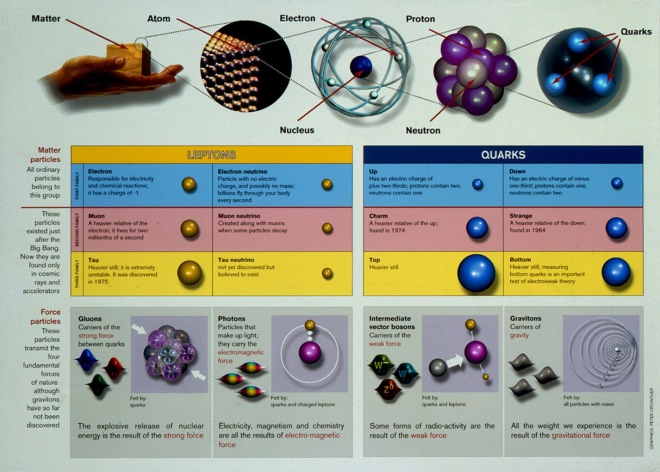The concept of symmetry took a great leap when Eugene Wigner showed how mathematical group theory could be used to create the relatively simple structure for what is now called the standard model of physics.
On Wigner’s use of symmetry:
“[Eugene P.] Wigner’s great contribution to science, for which he won the Nobel Prize in Physics in 1963, was his insight into the fundamental mathematics and physics of quantum mechanics. He applied and extended the mathematical theory of groups to the quantum world of the atom; specifically, he used group theory to organize the quantum energy levels of electrons in atoms in a way that is now standard. With that mathematical approach to the atom, Wigner became one of the first to apprehend the deep implications of symmetry, which has since emerged as one, if not the, key principle of 20th-century theoretical physics. …” Eugene Wigner and Fundamental Symmetry Principles
Here is Wigner’s original paper on applying the mathematical notion of a symmetry group to transformations on vectors in abstract Hilbert space.
Wigner : Symmetry principles in old and new physics
Some other reading on Wigner and the application of symmetry to physics:
Wigner’s theorem – Wikipedia, the free encyclopedia
Symmetry in Physics: Wigner’s Legacy




